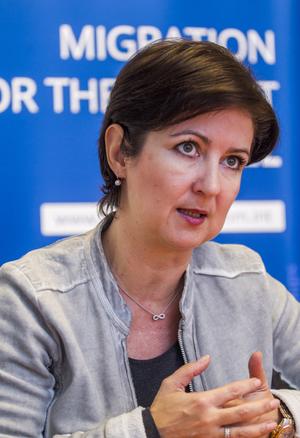When the International Organization for Migration Office (IOM) opened its Migration Information Centre in Slovakia in 2006, the country was home to some 32,000 foreigners. The word migrant practically did not exist in the vocabulary of common people nor politicians, and it was hard to gauge the attitudes the citizens of Slovakia had towards migrants back then.
This all changed in 2015.
“There is a saying that everyone is an expert on hockey in Slovakia,” Zuzana Vatráľová, the head of IOM, told The Slovak Spectator. “I have been saying since 2015 that everyone is also an expert on migration here.”
In that year, hundreds of thousands of people fled to Europe to escape war and persecution, an event that has become known as the refugee crisis.
Vatráľová, who has been with IOM since 2003, helped spearhead the efforts to create MIC. At the time, she imagined it as a four-year-long project that would eventually be taken over by the state.
But MIC, which remains one of IOM’s most successful and longest-running projects, celebrated its 15th anniversary this year amidst a global pandemic that has highlighted the need for such a centre in Slovakia.
“We never would have dared think that we would survive for so long,” said Vatráľová.



